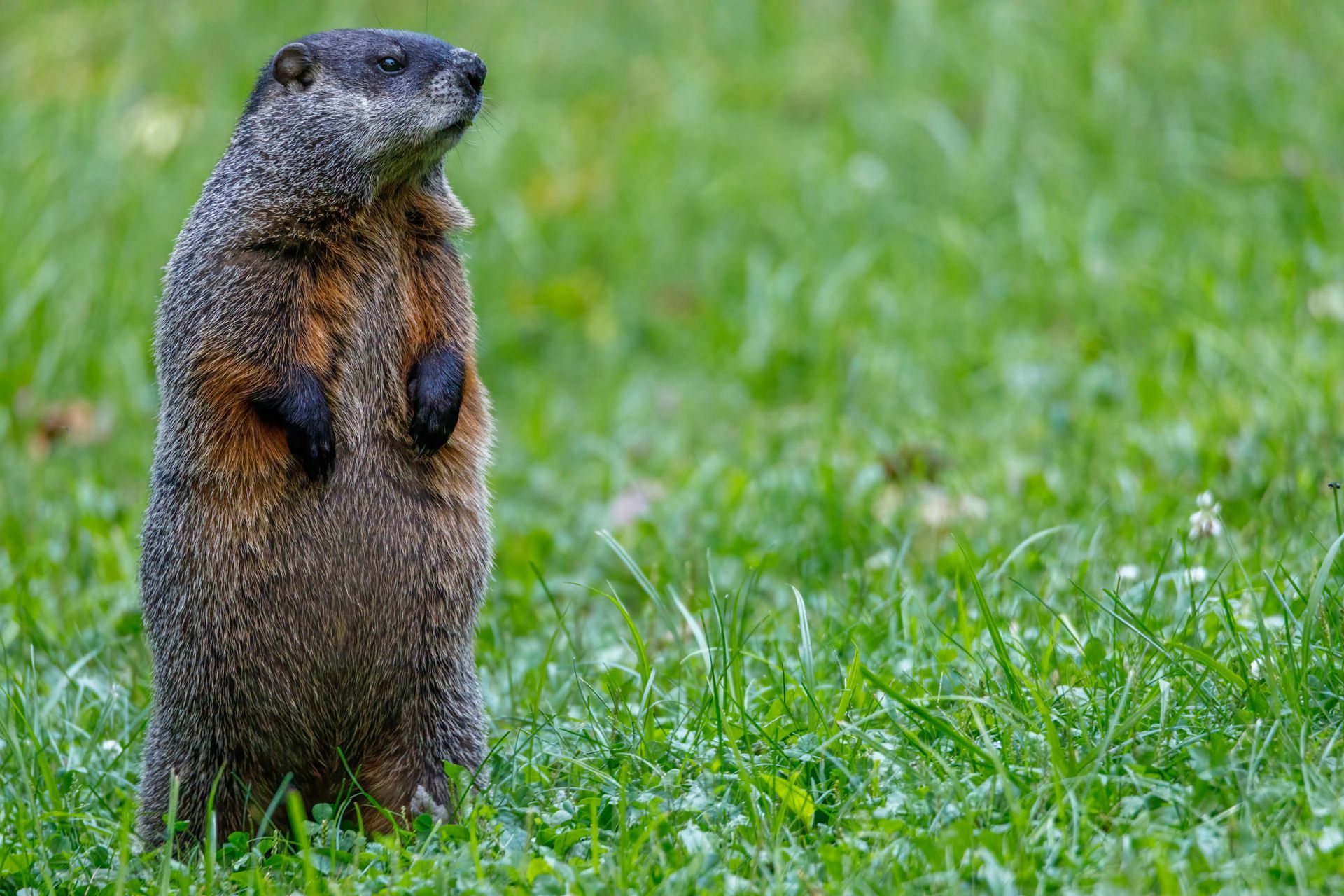Pest-Proof Insulation: Keeping Pests Out and Energy Costs Down
How Pest-Resistant Insulation Protects Your Property and Saves You Money

Pests don’t just invade homes for food and water - they also seek shelter, especially in cozy, insulated spaces. Unfortunately, traditional insulation often becomes a haven for pests like rodents, insects, and birds. These unwanted visitors can wreak havoc on your property, from structural damage to health risks.
Pest-proof insulation offers a proactive solution for both pest prevention and energy savings. Whether upgrading your home or starting fresh with new construction, this innovative material can provide long-lasting protection and peace of mind.
What is Pest-Proof insulation?
Pest-proof insulation is designed to repel pests and resist damage from chewing, nesting, or burrowing. It is made with materials like cellulose treated with borates, spray foam, or specific fiberglass blends that are unappealing or toxic to pests.
Unlike traditional insulation, pest-proof insulation helps maintain consistent temperatures and creates a physical and chemical barrier against critters looking for entry points.
How Pest-Proof Insulation Prevents Pest Intrusions
- Repelling Pests Naturally
Many types of pest-proof insulation are infused with pest-deterring substances like borates. These are safe for humans and pets but create an inhospitable environment for pests, discouraging nesting and infestations. - Sealing Entry Points
Spray foam insulation, in particular, seals every nook and cranny in walls, attics, and basements. This eliminates the small gaps and crevices that rodents and insects often use to enter homes. - Durability Against Chewing and Burrowing
Some pest-proof insulation materials are incredibly tough, making it almost impossible for rodents to chew through or insects to penetrate. This reduces the risk of pests gaining access through your walls or ceilings. - Eliminating Potential Nesting Areas
Unlike traditional fiberglass insulation, which is light and fluffy, pest-resistant materials are dense and compact, making them unsuitable for nesting.
Energy Efficiency Benefits
In addition to keeping pests out, pest-proof insulation offers exceptional energy-saving benefits:
- Improved Temperature Control: Properly installed pest-resistant insulation helps maintain consistent indoor temperatures, reducing the strain on your HVAC system.
- Lower Energy Bills: You can significantly reduce energy costs by preventing heat loss in winter and keeping your home cool in summer.
- Longevity: Pest-resistant materials last longer, meaning you won’t have to replace damaged or degraded insulation caused by pest infestations.
Why Property Owners Should Consider Pest-Proof Insulation
- Health Protection: Pests like rodents and cockroaches can carry diseases and leave harmful droppings in your insulation. Pest-proof insulation minimizes health risks by deterring these invaders.
- Reduced Damage: Rodents chewing through insulation can expose wires and increase the risk of electrical fires. Preventing pest activity helps maintain a home's structural integrity.
- Eco-Friendly Options: Many pest-resistant insulation products are eco-friendly and made from recycled materials or sustainable substances, which promotes a greener environment.
- Increased Property Value: A well-insulated, pest-free home appeals to prospective buyers and increases property value.
Professional installation is key for pest-proof insulation to be effective. Experts ensure all gaps and weak points in your home are sealed, leaving pests no place to enter. They can also advise on the best type of pest-resistant insulation for your property based on its location and common pest risks.
Pest-proof insulation is an investment that pays off by protecting your home, reducing pest-related damage, and lowering energy costs. With benefits that go beyond basic insulation, it’s a smart choice for any homeowner looking to create a safe, pest-free, and energy-efficient environment.
For superior protection, consider consulting professionals to ensure your pest-proof insulation is installed correctly and delivers the results you’re looking for.
Critter Repellent All Natural Animal Repellent Blog












